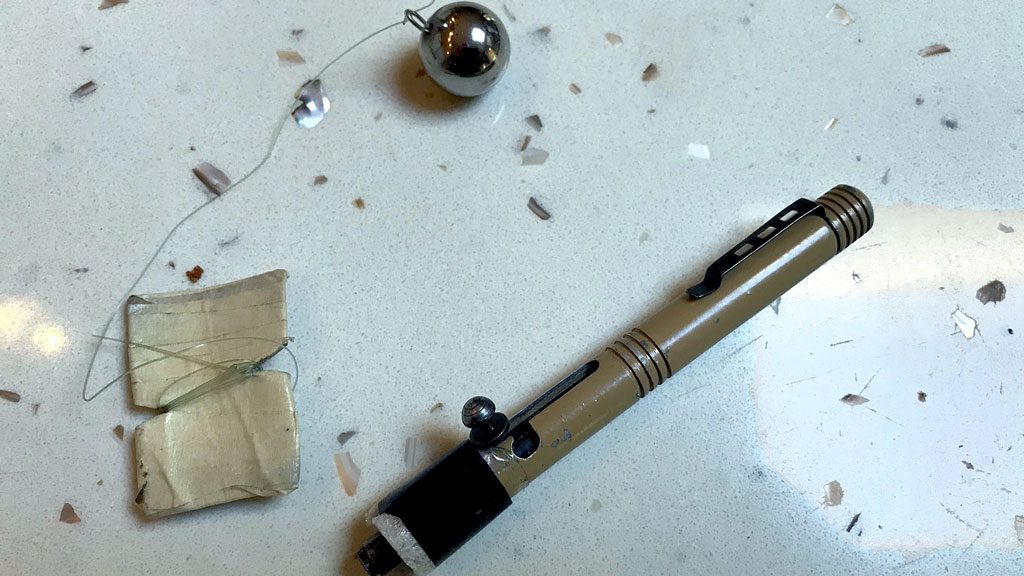One of the most important lessons learned rebuilding communities internationally post disaster is to look at how to improve issues at the root cause.
That was the message from Brian Palmquist, a director with Builders Without Borders (BWB), at a Buildings Show presentation held in Toronto recently. Palmquist’s presentation focused on five lessons learned rebuilding communities: assessment, betterment, resilience, prototypes and root cause. He focused the discussion on rebuilding efforts in Nepal and Haiti.
“You can’t get in and out quickly. Assessment takes time and if you try to do it quickly, it’s going to fail,” explained Palmquist.
“You always want to be looking to improve the situation of the folks who are living there and if the community sees that your solution is going to be substantially better than what they have they will get behind you, they will support you. When the government pulls the funding they will just keep going which is what we found in some of our situations. But it’s important to leave them with prototypes. The booklet (a how-to booklet developed by BWB) has been used quite widely.”
The fifth lesson focused on dealing with root causes. In 2010, there were two earthquakes, one in Chile with 500 reported deaths and the other in Haiti with 200,000 deaths.
“One of the main reasons for that is the main building material they use in Haiti, beyond temporary shacks, is concrete block and the concrete block was so badly created and manufactured that it just dissolved in the earthquake, it just became rubble,” said Palmquist. “The problem was that they didn’t really have quality control and blocks are made very locally.”
The local test for blocks, Palmquist explained, is you get a truckload of blocks, take five blocks out at random, hold them at chest height and drop them. If no more than one of them breaks then you keep the load and if more than one breaks you reject the load.
“That means that you’ve already got a 20 per cent rejection rate based upon a random sample,” Palmquist noted. “Theoretically, that means that 20 per cent of that wall might just dissolve in another earthquake. It’s not very sound.”
Conventionally, the way to test concrete blocks is to put them in an expensive machine that crushes them until they break. The strength is measured at the crushing point.
“The problem is you just destroyed the block,” said Palmquist. “The other problem is that in Haiti there is only one of those labs and it has a bad reputation — basically ‘give me some money and I’ll give you the result you want.’”
A professional engineer and mason told BWB that a skilled mason can take two bricks, clap them together and will know from the sound if they are defective. BWB has partnered with the British Columbia Institute of Technology (BCIT) to bring this type of testing to market.
“They did a whole bunch of research and they developed a cheap non-destructive way of testing concrete block and concrete cylinders that will tell you the strength of them,” said Palmquist. “What they discovered was that the sound that a block makes when it is struck in a certain place and in certain ways has a 93 to 98 per cent correlation to the actual strength of that block depending on where you strike the block.
“We want to commercialize this in order to make some money to contribute to the overhead and the good works that Builders Without Borders does.”
The apparatus, called NDART (non-destructive acoustic resonance testing), looks like a metal ball on a wire. You swing it, the ball hits the concrete block or cylinder and, using an app on a smartphone, it provides a reading. Four things have been calibrated so far: two standard concrete block sizes and two different sizes of standard cylinder.
“Because it’s so quick, you can test every block in a truck, not just drop five and hope for the best,” said Palmquist
“The other thing that’s cool about it, because we are using an android or an iPhone, we can set it up so that the test result is sent through the cloud to wherever you want to go.
“If you’re a structural engineer who is absent from the site you can basically get all the concrete and concrete block elements tested whenever you want them…and it can be done by a superintendent on the site rather than an expert.”
They are currently starting field tests and the next step is to apply for patents. The advantage of the technology is not just for third world nations.
“That’s why we’ve applied for the patents,” said Palmquist. “We figure we can go to all the builders in the developed world and say we can reduce your testing costs by 90 per cent. We envision every superintendent in the developed world carrying around a little striker like this and testing concrete and concrete block whenever he or she feels like it.”
Palmquist said they are also considering alternate designs, including one that looks like a pen.



Recent Comments